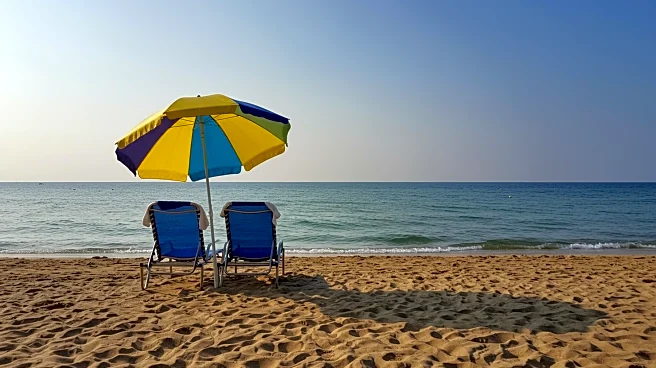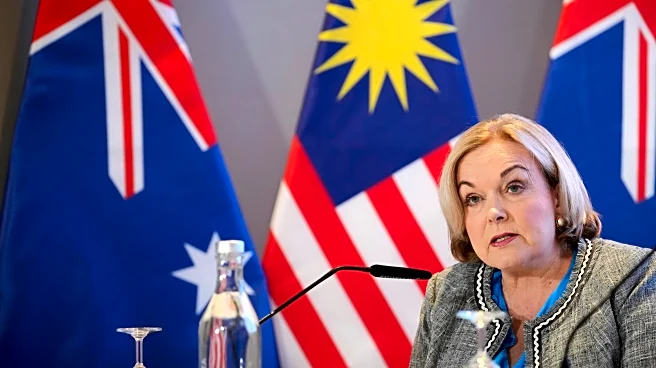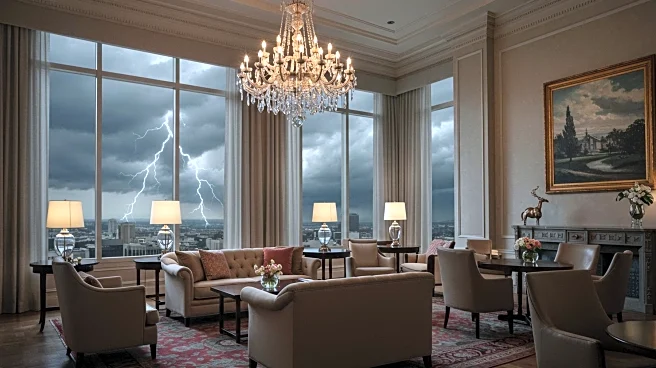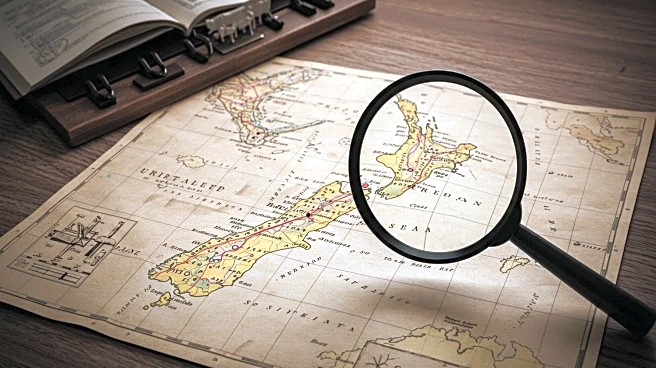What's Happening?
Hotel occupancy trends in New Zealand varied across different markets, as reported by CBRE. Auckland's occupancy rates were dragged down by supply growth, while demand growth in Rotorua, Christchurch, and Queenstown led to increased occupancy rates. Wellington's demand was significantly impacted by government policy. International visitor arrivals increased by 14% compared to the previous year but remained 13% below calendar year 2019 levels. Australian visitors showed the strongest growth, increasing by 11% year-on-year. Hotel supply grew 3.6% year-on-year and is 13% above CY19, with occupancy rates 14% below CY19. ADR plateaued at 19% above 2019, resulting in RevPAR 2% above 2019.
Why It's Important?
The varied occupancy trends in New Zealand's hotel industry reflect the ongoing recovery from the pandemic and the impact of supply and demand dynamics. The growth in Australian visitors is a positive sign for the tourism sector, potentially boosting local economies and hospitality businesses. However, the slow recovery in international arrivals and the impact of government policies in Wellington highlight challenges that may affect long-term growth and stability in the industry.
What's Next?
New Zealand's hotel industry may focus on strategies to attract more international visitors and manage supply growth effectively. Stakeholders might consider policy adjustments to enhance demand in affected areas like Wellington. The continued growth in Australian visitors could lead to targeted marketing campaigns and partnerships to sustain and increase this trend.












